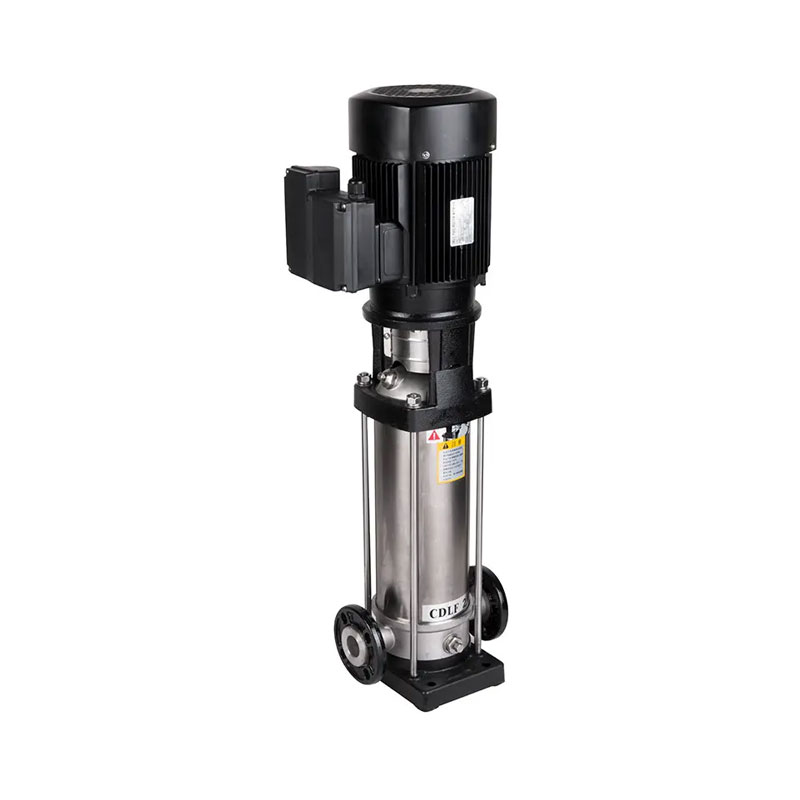Priming and Venting of Centrifugal Pumps Before Startup
2025-09-05
Except for self-priming pumps, all centrifugal pumps must be filled with water in the pump body and suction pipe before startup; otherwise, the pump will be unable to lift water for operation. A common reason why a centrifugal pump fails to discharge water after startup is that the air inside the pump is not completely vented and the pump is not fully filled with water.

There are two main priming methods before startup: one is priming with a foot valve (a one-way valve installed at the inlet of the suction pipe), but the disadvantage of this method is that the foot valve causes significant head loss, which impairs the operational efficiency of the pump; the other is priming without a foot valve, which has a greater advantage of energy saving—compared with pump stations equipped with foot valves, it can save 10% to 15% of energy. The following are several common priming methods for centrifugal pumps, for users to choose from during pump operation:
•The Manual Priming Method is mostly used for small pump stations with a suction pipe diameter less than 300mm and a foot valve installed at the inlet. Water can be poured through a priming funnel (or an inverted ordinary bottle with the bottom removed) into the dedicated priming and venting hole on the upper part of the pump casing, or through the pump's discharge pipe outlet (applicable to pump stations with short discharge pipelines). Since no additional equipment needs to be purchased, this method is relatively common in small rural pump stations.
•The Vacuum Tank Priming Method is suitable for small pump stations without a foot valve. The vacuum tank is a closed tank made of welded sheet metal, with a volume at least 3 times that of the suction pipe. It should be installed as close to the pump as possible, with the tank bottom height slightly lower than the pump axis, and its height is generally twice its diameter.
•The Jet Pump Priming Method is used when a diesel engine is used to drive the pump for water lifting. The exhaust gas discharged by the diesel engine can be introduced into a jet device connected to the top of the centrifugal pump for air extraction and priming, thus eliminating the need for a foot valve. When starting the pump, close the valve cover connected to the handle—exhaust gas is ejected from the jet device to suck out the air inside the pump; after priming, open the valve cover and close the control valve. This method can make full use of the prime mover and improve the efficiency of the pump station.
•The Self-Suspension Priming Method realizes priming by relying on the density difference between water and air and the principle of "water-air displacement", which can eliminate the need for a foot valve on the pump.
•The Vacuum Pump Priming Method is applicable to large and medium-sized pump stations with a suction pipe diameter greater than 300mm or pump stations with high automation requirements. The vacuum air-extraction equipment is assembled from a vacuum pump and other components, and most vacuum pumps used in irrigation and drainage stations are water-ring vacuum pumps. A water-ring vacuum pump has an eccentric toothed impeller installed inside a cylindrical pump casing, which is filled with circulating water. During vacuum extraction, the impeller rotates, and the circulating water is thrown around the impeller under the action of centrifugal force to form a rotating water ring. Due to the eccentric installation of the impeller, the space formed between the water ring and the toothed blades varies in size.
• The Hand Pump Priming Method uses hand pumps, a type of reciprocating positive-displacement pump widely used in rural areas of China. Farmers can use their own hand pumps as vacuum pumps to prime centrifugal pumps, usually installing them on the air extraction hole of the centrifugal pump or the suction pipe near the pump for air extraction and water priming. This can eliminate the foot valve on the suction pipe, reduce energy loss, and improve the operational efficiency of the pump.




